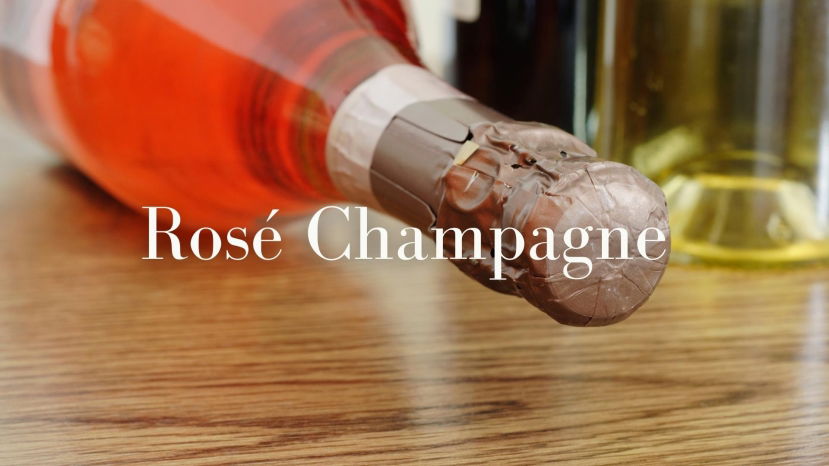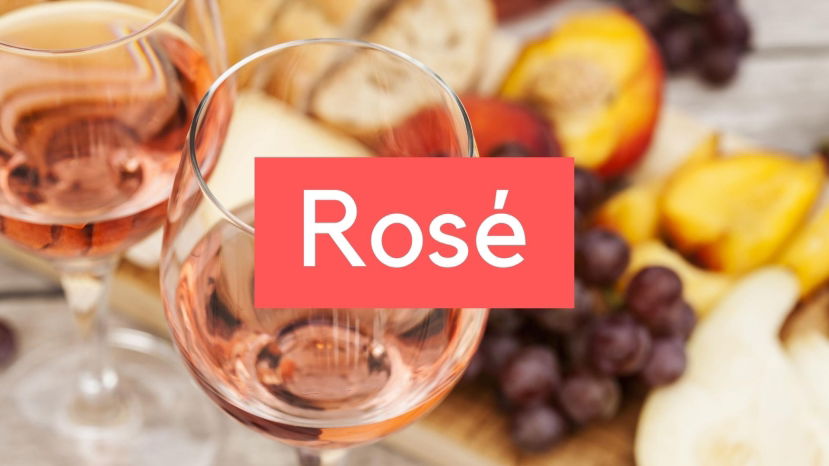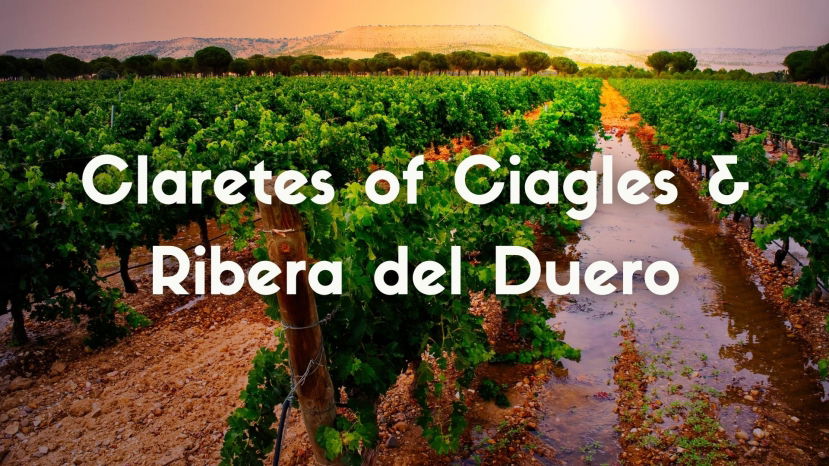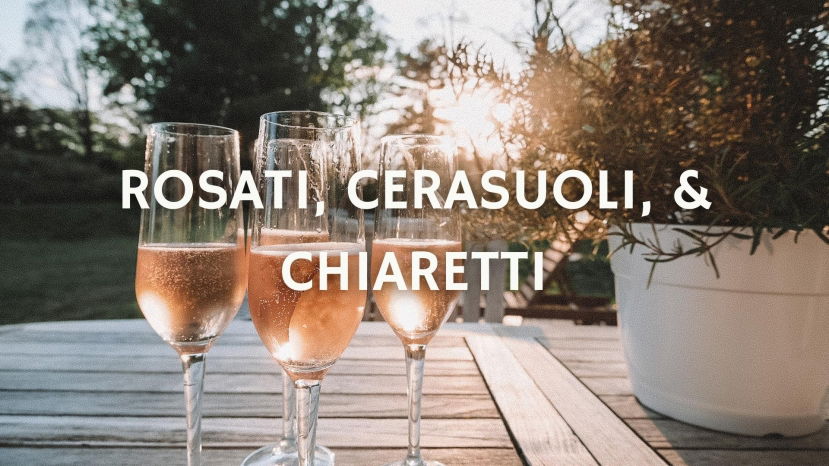BLOG
Rosé
Summary: Regenerative Viticulture is one of the most exciting developments in wine sustainability in a generation. Here we showcase three fantastic French producers who have taken the leap and converted their vineyards to this method of farming. All the details of the wines are downloadable in the pdf above, along with some links to further information you may enjoy. About the Speaker: Justin Martindale is the Wine Scholar Guild Membership Manager
Summary: Rosé champagnes have been around since at least 1764 and today represent a tenth of champagne sales. There is huge variation and some controversy to them. Colors vary from the palest blush to depths approaching red wine tones. Many perceive them as simple quaffing bubbles but some of Champagne’s finest, most age-worthy and prestigious wines are pink. Essi Avellan MW gives us an indepth introduction to the world of
Summary: Rosé winemaking is not as simple as books would have you believe. In fact, there is a wide range of complex vinification techniques resulting in a wide gamut of wine styles and an even wider range of colors and hues. After a year’s worth of research while writing a book on rosé, Elizabeth Gabay, MW, has found that defining and perfecting
Summary: The appellations of Cigales and Ribera de Duero on the high plateau of north-central Spain, have a long history of making claretes (clairet) wines. When their appellations were created they followed different paths. Cigales chose to focus on claretes and Ribera on red wines. Now, with the modern focus on pale pink rosé, commercial pressure is on and the old styles
Summary: Italy is one of the world's largest producers of rosé, with Pinot Grigio from the Veneto being a major success story, but sales are now falling. The result has been a growing movement in appreciating the history of Italian rosati, cerasuoli and chiaretti, with its vast range of styles and varieties. From alpine valleys to Mediterranean





